Jude Gold: Living In Stereo
by Jude Gold
Question: What do you need two of to achieve a stereo guitar sound?
Many guitarists will answer this with one word: “Amplifiers.” Or, maybe they’ll add, “If you don’t have two separate amps, then you’ll at least need two audio channels, delivered through a stereo amplifier.”
Both answers are wrong.
To experience your guitar in stereo, all you need is two ears—two ears, that is, and an acoustically reflective environment.
My fascination with stereo guitar tones began in the seventh grade, when I discovered that my brittle (and, frankly, horrible) sounding solid-state practice amp sounded amazing if I cranked it up to the point of overdrive and then, taking advantage of a long guitar cable, I moved two or three rooms away from it. Suddenly, with my house acting as a stereo echo chamber, that formerly ratty tone miraculously sounded full, dimensional, and inspiring.
If you’re a musician, then you, too, have surely noticed this phenomenon in a variety of situations. For instance, a simple flute melody in an acoustically dead practice room might sound okay, but deliver those same notes in an echoey concert hall, reverberant cathedral, or even in one of those grimy Central Park pedestrian tunnels, and that flute—bathed in the timbral glory of organic stereo ambience—may sound utterly heavenly.
Or, how about this one? A rock band is playing in a downtown square, and as you’re walking up you hear a lead guitar echoing powerfully off the tall buildings surrounding the stage. Sounds freakin’ epic, right?
But then, when you finally arrive and are standing in front of the P.A. system, that same guitar tone may sound loud, harsh, and a bit too “in your face,” and you might find yourself thinking, “It sounded cooler when I was still a block away.”
It’s the singing-in-the-shower phenomenon—our voices, however amateur, ricochet off the tiles and back into our ears and suddenly we think we’re Aretha Franklin or Robert Plant.
My fascination with stereo reflection continued in high school, where my Classical Guitar class buddies and I quickly discovered that the graffiti-laden dead-end stairwell in the Theater Building gave our nylon-strings the best echo we’d ever heard. We would trade licks and jam up there for hours.
It’s a fascination that has continued to this day.
Recently, while taking a tour of Alcatraz Island and being led through the infamous prison’s small outdoor workout yard, others in our group were no doubt picturing what it would be like to live jailed on that desolate rock. I, however, was busy thinking, “Wow, these walls deliver a fantastic slap-back echo, complete with an organic low-pass filter. Someone should create an IR of this yard.”
If you’re a guitarist who wants to revel in the glories of stereo echo and reverb, then, short of having one of Abbey Road’s perfectly engineered live rooms, a stereo plate reverb, a mojo-riffic stairwell like the one in which Jimmy Page recorded the greatest drum intro of all time (“When the Levee Breaks”), or an old-school prison yard at your disposal, you’ll obviously have to find an electronic equivalent to those environments—and one that sounds decent through a stereo amp setup.
The challenge is that while stereo modulation effects (such as chorus, panning, or rotating speaker) work brilliantly running straight into to a pair of guitar amps, more spatial, time-based effects can be challenging to mix in concert settings. Reverb and delay, for example, might sound magical where you’re standing in front of your amps, but often, even just 20 feet out from the stage, these effects can render your tone toothless and swishy, especially if the room you are in already offers, as many rooms do, its own natural reverberance.
If you have a large vehicle, large budget, and large amount of time at soundchecks to set up your rig, the best way to go stereo while avoiding the aforementioned sonic “toothlessness” out in the house may be to employ the rock-star-approved three-channel approach known as “wet/dry/wet.”
In this scenario, you’re running your core amp tone dry through a center speaker cabinet, and, with help from a stereo power amp, your effects left and right through outer cabinets. Peter Frampton, Steve Morse, John Petrucci, and many other players of means have harnessed this setup over the years, because it’s a win-win for all—the player enjoys unadulterated amp tone, the rich sound of stereo effects added after the power-tube stage (as they would be on a professionally mixed studio album), and the freedom to perform as “wet” as he/she wants to; meanwhile, the front-of-house engineer is still free to mix back the player’s wet level appropriately so that people 30 rows from the stage can still make out the notes.
Of course, nowadays, if you’re willing to run direct into the P.A. and use stage (or in-ear) monitors to get your sound, you can simply show up to the gig in a Smart Car toting just a guitar, four cables, and a good digital modeler and recreate a wet/dry/wet rig in a mere moment or two.
I use the Line 6 Helix all the time for wet/dry/wet signal delivery, but I do this primarily in the studio. (Yes, delivering guitar tracks with effects added can be great, but you’ll find many producers appreciate being able to adjust the wet level later, when the song is being mixed—even when that producer is you!)
While more and more pro guitarists these days are using modelers onstage in mono, stereo, or wet/dry/wet configurations in lieu of physical amps—and sounding killer doing so—when I do fly gigs and want to run in stereo, I typically have the backline company deliver two combo amps. (In the late ’90s, I remember being able to check two 1×12 combo amps in flight cases—plus my suitcase—onto the plane free of charge. Times have changed.)
With this double-combo setup, I’ll sometimes run the delay and reverb (which I can get from my Line 6 HX Stomp or myriad other pedals) completely wet into one amp while going 100 percent dry into the other amp, using a volume or expression pedal to control the level of the wet amp. As with the “rock star” three-channel setup described earlier, this wet/dry setup allows both me and the mix engineer to have independent control of the perceived effects level. And though I’ll be blended mono in the P.A., if I set the two amps somewhat apart, the sound is satisfyingly stereo where I’m standing on stage.
More often than that, though, because I love stereo reverbs and tap-tempo-controllable stereo “ping pong” and dual-subdivision echoes (the latter typically featuring a quarter-note repeat on one side and a dotted-eighth repeat on the other), I’ll go wet/wet into the amps.
The danger here, of course, is that the echoes might cause my guitar to sound murkier and less defined out in the audience than it does on stage, and the mix engineer won’t be able to do anything about it. To manage this, while we are running through a song at soundcheck, I typically go out into the audience and make sure my guitar is still cutting through nicely with ’verb or delay engaged. (For obvious reasons, you’ll probably need to be wireless to do this effectively.)
Everything from the natural reflectiveness of a venue’s walls to how loud your band mates play to which kind of cymbals your drummer uses can affect how clearly your guitar sound projects in a live setting, so keep experimenting and remember that achieving an articulate stereo guitar tone is a team effort. (Step one? Make friends with your front-of-house engineer.)
Before I go, I offer you a guitar joke that I just made up—and if you are aware of the different ways a barista can prepare an espresso drink, you might be able to guess the punchline:
Q: How does Peter Frampton order his cappuccino?
A: Wet/dry/wet, of course!
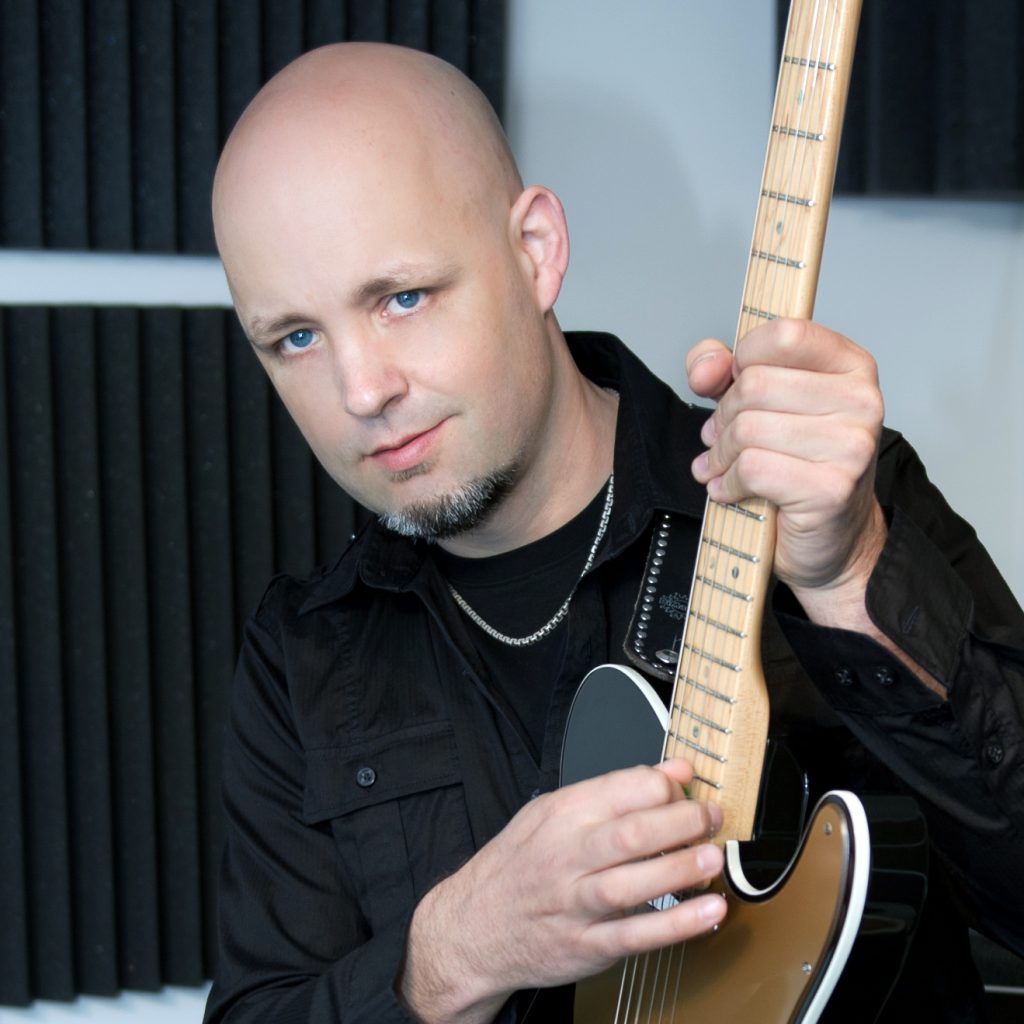
Jude Gold plays guitar for Jefferson Starship and is host of the podcast No Guitar Is Safe — “The guitar show where guitar heroes plug in.”
Related posts
By submitting your details you are giving Yamaha Guitar Group informed consent to send you a video series on the Line 6 HX Stomp. We will only send you relevant information. We will never sell your information to any third parties. You can, of course, unsubscribe at any time. View our full privacy policy

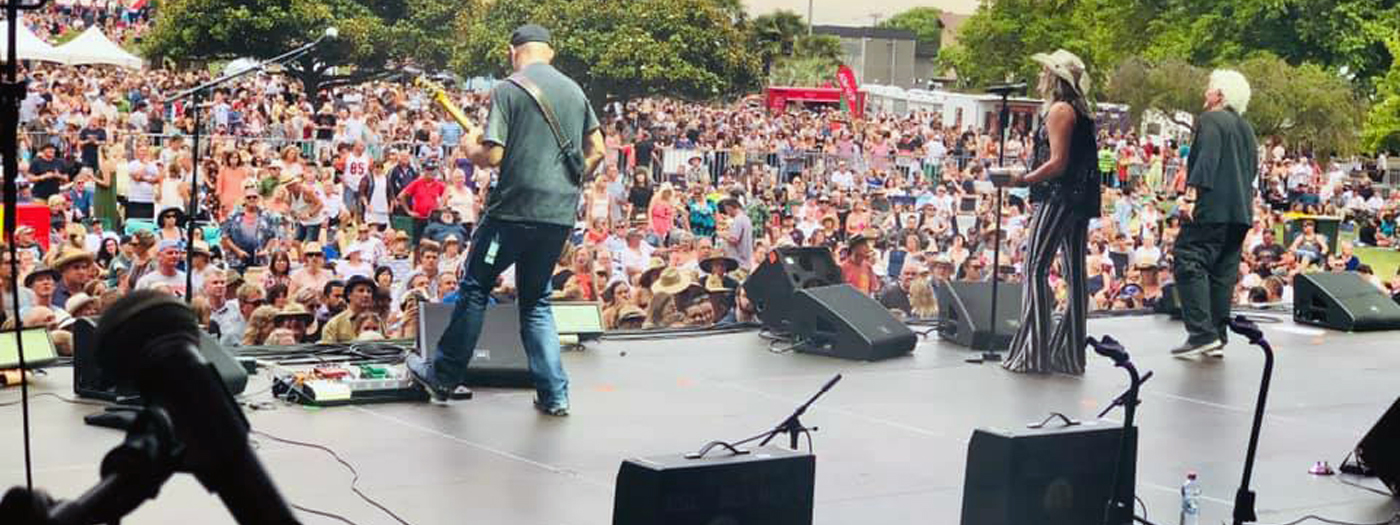
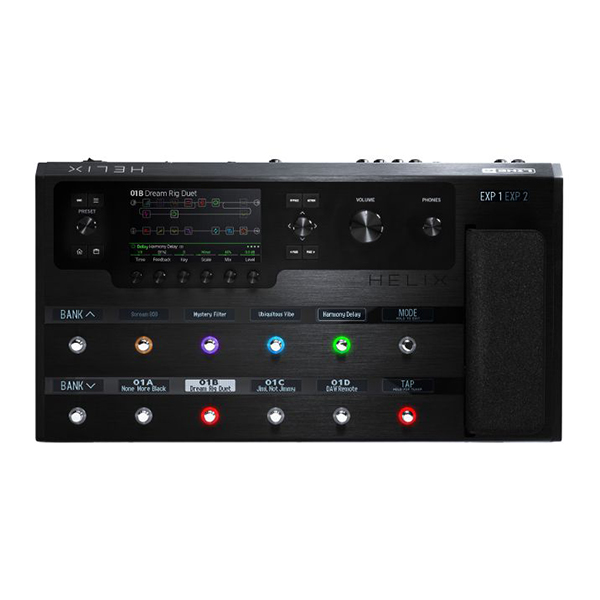
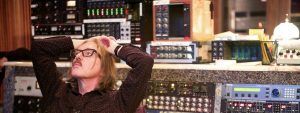

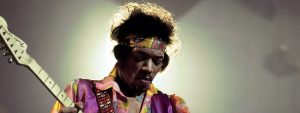
Leave a Reply
You must be logged in to post a comment.